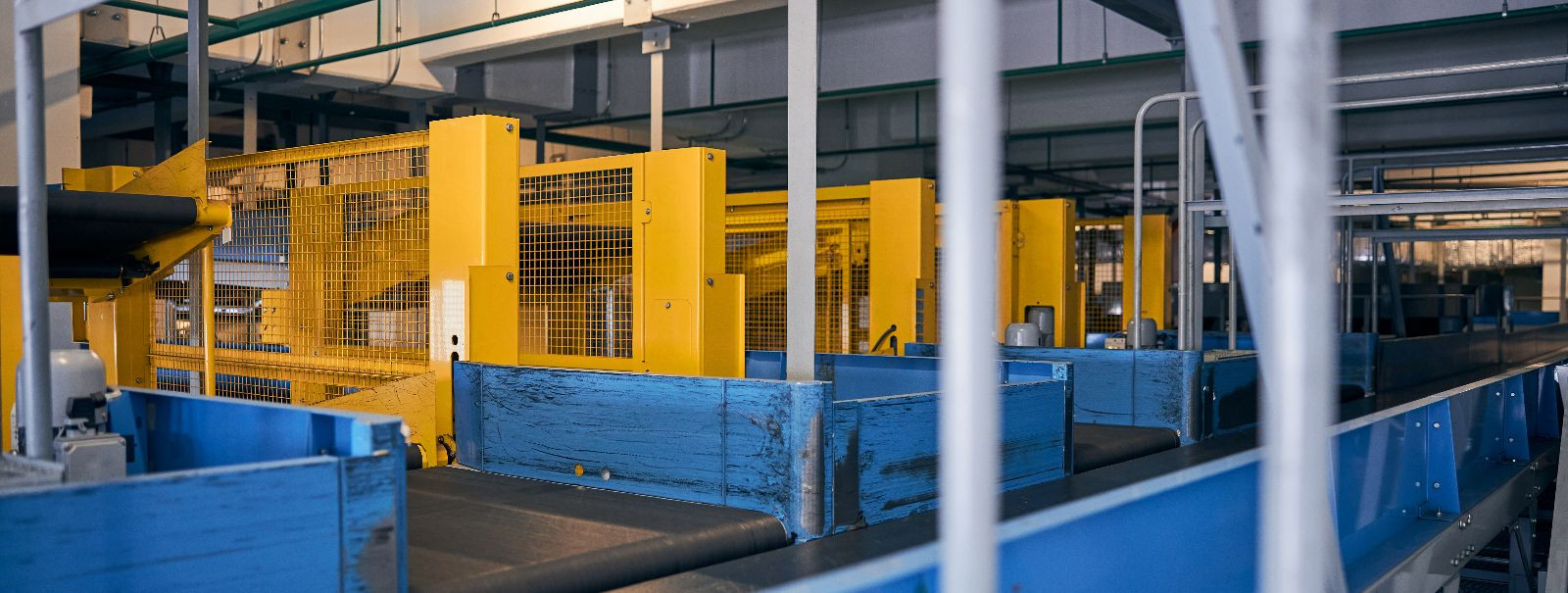How regular maintenance can save your business money
In the fast-paced world of industrial operations, the efficiency and reliability of machinery are paramount. Regular maintenance is not just a routine task but a strategic approach to ensure that your business runs smoothly and cost-effectively. For warehouse managers and logistics companies in Northern Europe, understanding the significance of regular maintenance can lead to substantial financial savings and operational improvements.
Understanding the Cost Implications of Equipment Downtime
Equipment downtime can be a significant drain on resources, leading to lost productivity, delayed deliveries, and increased operational costs. When machinery breaks down unexpectedly, it can halt production lines, disrupt schedules, and necessitate costly emergency repairs. By investing in regular maintenance, businesses can minimize these disruptions and maintain a steady workflow.
Key Benefits of Regular Maintenance
Regular maintenance helps in identifying and addressing minor issues before they escalate into major problems. This proactive approach not only extends the lifespan of equipment but also ensures that it operates at optimal efficiency throughout its life cycle.
Well-maintained equipment performs better, leading to increased productivity and efficiency. Regular checks and servicing ensure that machinery operates smoothly, reducing the likelihood of unexpected breakdowns and ensuring that operations remain on schedule.
Safety is a critical concern in any industrial setting. Regular maintenance helps in identifying potential safety hazards, ensuring that equipment is safe to operate. This not only protects employees but also reduces the risk of costly accidents and liability issues.
Common Maintenance Strategies for Industrial Businesses
Preventive maintenance involves regular, scheduled servicing of equipment to prevent unexpected failures. This strategy focuses on routine inspections and maintenance tasks to keep machinery in good working condition.
Predictive maintenance uses data and analytics to predict when equipment is likely to fail. By monitoring the condition of machinery in real-time, businesses can schedule maintenance activities just before a failure is likely to occur, minimizing downtime and repair costs.
Condition-based maintenance involves monitoring the actual condition of equipment to determine the need for maintenance. This approach ensures that maintenance is only performed when necessary, optimizing resource use and reducing unnecessary maintenance activities.
Implementing a Maintenance Schedule
Before implementing a maintenance schedule, it's essential to assess the current state of your equipment and identify specific maintenance needs. This involves evaluating the age, condition, and criticality of each piece of machinery.
Once the assessment is complete, develop a comprehensive maintenance plan that outlines the frequency and type of maintenance activities required for each piece of equipment. This plan should be tailored to the specific needs of your business and equipment.
Effective maintenance requires skilled personnel and adequate resources. Ensure that your staff is trained in maintenance procedures and that sufficient resources are allocated to support the maintenance plan. This includes tools, spare parts, and time for maintenance activities.
Overcoming Challenges in Maintenance Management
Budget constraints can be a significant barrier to effective maintenance. However, by demonstrating the long-term cost savings and benefits of regular maintenance, businesses can justify the necessary investment in maintenance activities.
Implementing a new maintenance strategy may face resistance from employees accustomed to existing practices. It's crucial to communicate the benefits of regular maintenance and involve staff in the planning and implementation process to gain their support.
The shortage of skilled maintenance personnel can hinder maintenance efforts. Investing in training and development programs can help build a skilled workforce capable of executing effective maintenance strategies.






Comments (0)